A Refreshing Dose of Literary Rebellion: A Review of Folly Issue 002
Published on After Dinner Conversation on April 8, 2025
A Quick Review of Folly Journal, the "rebel child of the literary scene"
Folly magazine bursts onto the scene, not with quiet reverence, but with a vibrant and unapologetic energy. Described as the “rebel child of the literary scene” and a “strange new journal” aimed at those perhaps tired of the more traditional literary establishment, Folly carves out its own unique space. It embraces being “a bit of fun”, intended for enjoyment and perhaps even a little “general mistreatment”, whether displayed on a coffee table or kept in the bathroom.
This second issue reflects its time, presenting pieces that are “retrospective, bolshy, and full of sexual whimsy”, with a touch of politics. The editor’s note sets the tone, acknowledging the shift from the “boom years” that fueled the first issue to a more complex present. Yet, the core spirit remains: encouraging readers, particularly New Zealanders (where the magazine is based out of), “not to take ourselves too seriously” and inspiring more people to write.
The collection within Issue 002 is eclectic and engaging, featuring the usual literary magazine mix of non-fiction, essays, fiction, and poetry, alongside striking artwork. Pieces range from the raw and confrontational, like Robbie Siataga’s “Toughie”, to intimate and introspective explorations of relationships, identity, and modern life, such as Nick Crowley’s “Monitoring”, Melissa DaCosta Brown’s “A Prince of New York”, and Daisy Fletcher’s “How to Do It”.
The non-fiction offers compelling perspectives, including Diane Comer’s reflections on displacement in “Coral Mouth Over Sorrow”, Aaron Hape’s discussion on Māori identity in “On Being Māori in Woke Wellington”, and Sean Williams’ deep dive into New Zealand’s criminal underworld in “The Golden Nugget”. Interviews, like the “Conversations with the Dame” Gaylene Preston, add another layer of insightful commentary on art, society, and politics.
The poetry sprinkled throughout offers sharp, evocative snapshots – from Maureen Martinez being “57 & hot” to Catriona Britton’s contemplation of the “ass-thetic”. The visual art accompanying the texts is equally diverse and thought-provoking, featuring artists like Claudia Kogachi, Russ Flatt, Emily Hartley-Skudder, and Natasha Wright.
At least for me, but I would assume for most readers, Folly delivers on its promise to entertain and provoke thought. It’s a vibrant and interesting collection that showcases a diverse range of voices and styles. That said, I appreciate that it avoids pretension, offering pieces that feel immediate, relevant, and refreshingly candid. As Steve Braunias noted, it contains some of the “best New Zealand writing”, and I agree. It is a welcome addition to the literary landscape, and a wonderful addition to New Zealand's cultural scene.
Kolby Granville
Editor @ After Dinner Conversation

